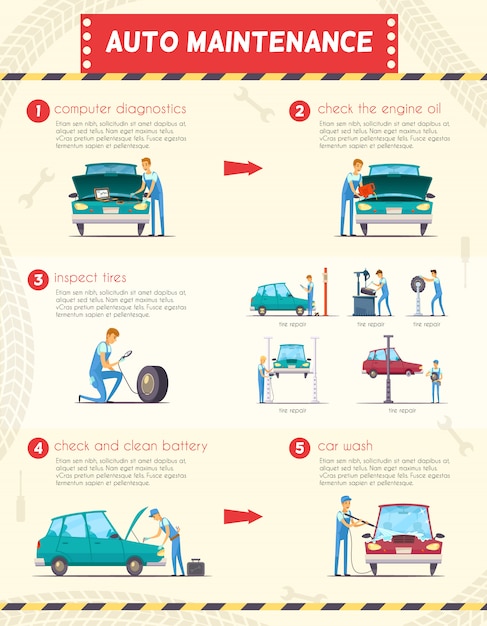Open Up The Hood To Recognize Usual Brake System Difficulties And Their Remedies
Open Up The Hood To Recognize Usual Brake System Difficulties And Their Remedies
Blog Article
https://brakesplus51628.blogolenta.com/27239291/subjecting-the-gems-unearthing-superior-car-repair-shops-in-your-surrounding-location By-Hinrichsen Dean
When it comes to your vehicle's brake system, recognizing usual problems can conserve you from potential safety threats. From identifying https://air-lift-performance-kits84062.dbblog.net/3631379/learn-the-top-10-ideas-that-will-certainly-encourage-you-to-make-a-well-thought-out-decision-when-looking-for-the-optimal-auto-service-center-near-your-place to attending to brake liquid leaks, understanding exactly how to tackle these issues is important. However what about those squishy brake pedals? There's a solution for that as well. Remain tuned to get more information regarding these concerns and the practical solutions that can keep you safely when traveling.
Brake Pad Wear and Replacement
When it involves preserving your automobile's brake system, one important element to keep an eye on is the wear and substitute of brake pads. Brake pads are crucial components that push against the brake blades to slow down or stop your automobile. With time, these pads wear down due to friction, needing routine evaluation and replacement to guarantee your brakes function effectively.
To identify if your brake pads require replacement, pay attention for shrieking or grinding sounds when you apply the brakes. Additionally, if your lorry takes longer to stop or you observe vibrations or pulsations when braking, it may be time to replace the brake pads.
Ignoring used brake pads can result in lowered braking performance, damage to various other brake parts, or even brake failure.
Changing brake pads is a reasonably uncomplicated process for several vehicles. Nonetheless, if you're not sure or awkward doing this job, it's ideal to speak with an expert auto mechanic to make certain proper setup and optimal brake efficiency.
Routinely inspecting and changing brake pads is vital for your safety and security and the longevity of your lorry's braking system.
Brake Fluid Leaks and Upkeep
To ensure your automobile's brake system operates ideally, it is very important to additionally take note of brake liquid leaks and upkeep. Brake liquid is essential for sending the force from your foot on the brake pedal to the real braking device. One common problem with brake fluid is leakages, which can take place as a result of scrubby brake lines, seals, or connections. If https://dominickyrlew.tkzblog.com/30236590/gear-up-for-an-enlightening-peek-into-the-surprise-gems-of-elite-vehicle-service-center-that-are-set-to-modernize-your-vehicle-upkeep-routine discover a pool or drips under your car, it's essential to attend to the leak immediately to stop a potential brake failure.
Frequently checking your brake fluid degree is key to preserving your brake system. Reduced brake fluid can result in air getting in the brake lines, which jeopardizes stopping efficiency.
Additionally, old or polluted brake fluid can impact the overall performance of your brakes. It's recommended to adhere to the manufacturer's standards on when to transform the brake fluid, generally every 2 years.
Spongy Brake Pedal: Bleeding Brakes
If you have actually ever experienced a mushy brake pedal while driving, you understand the importance of keeping a company and receptive stopping system. One common source of a squishy brake pedal is air entraped in the brake lines. When air gets in the brake system, it can lead to a loss of hydraulic pressure, causing that distressing squishy feeling when you push the brake pedal.
To solve this problem, hemorrhaging the brakes is essential. Hemorrhaging the brakes includes getting rid of the air from the brake lines to restore proper hydraulic pressure.
To bleed the brakes, you'll require an assistant to help you. Beginning by finding the brake bleeder valve on each wheel, generally found near the brake caliper. With a wrench, loosen up the valve and have your helper press the brake pedal while you observe any type of air bubbles appearing. Repeat this procedure for each wheel, beginning with the wheel farthest from the master cyndrical tube and relocating better.
When you no more see air bubbles and only clear fluid emerges, tighten up the valve and top up the brake liquid reservoir as required. Hemorrhaging the brakes aids make sure a firm brake pedal and enhances total braking performance.
Final thought
Now that you recognize usual brake concerns and how to fix them, you can guarantee your vehicle's security and efficiency. Bear in mind to listen for warning signs like shrieking sounds or squishy brake pedals, and address them quickly. look at these guys and prompt substitutes are vital to maintaining your brakes in top problem. Stay positive and conscientious to your brake system to take pleasure in safe and reputable driving experiences.
